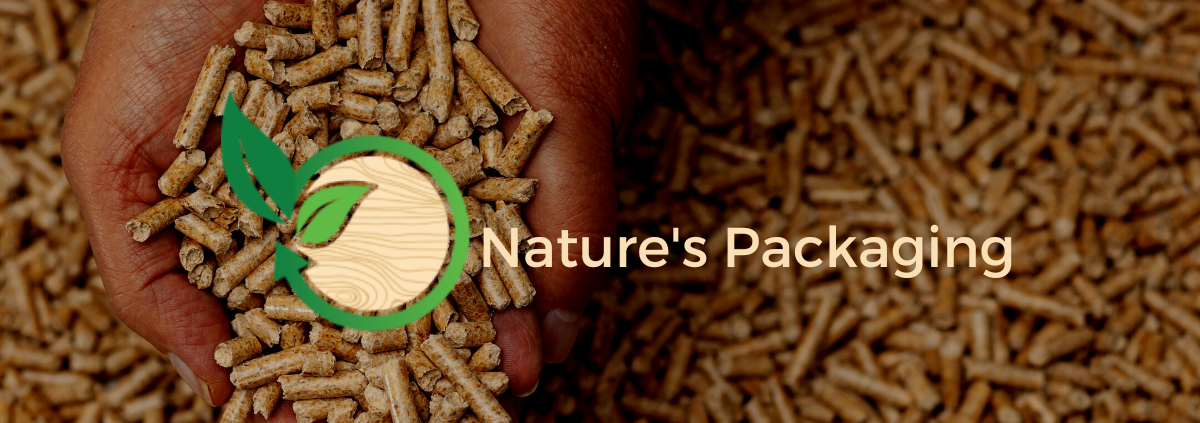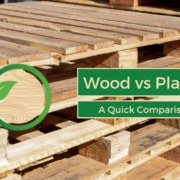Wood Pellet Fuel – A Nature’s Packaging Review
Wood pellet fuel is a sustainable and renewable source of energy that has become increasingly popular in recent years. This biomass based fuel can be manufactured from many different types of forest products including compressed sawdust, wood chips, and other forms of organic matter.
Wood pellets are an alternative fuel source to traditional fossil fuels. Fossil fuels, like oil or coal, can require more work to be extracted from the ground. The pellets are also much easier to store than conventional sources due to their uniform shape and size, which allows them to be transported with greater ease. Additionally, wood pellets have a higher heat output than other bio-fuels, allowing for improved efficiency in burning.
Benefits of Wood Pellet Fuel
As an alternative energy source to other fuel types, wood pellets can be used to power boilers, furnaces, and stoves for both commercial and residential applications.
One major benefit of using wood pellet fuel is its high energy efficiency. Because pellets are manufactured as a denser form of biomass, they have a higher heat output than other current bio-based fuels and they can burn longer than other bio-fuel sources like wood chips.
This makes them ideal for providing long-term heating solutions in colder climates where temperatures drop below freezing regularly. The low moisture content also means they produce less smoke.
The Wood Pellet Production Process
The production process for wood pellets occurs in several stages:
- harvesting
- drying
- grinding
- compressing
- packaging.
Harvesting begins with the gathering of wood residue and waste such as slash, sawdust or shavings from lumber mills, and recycled wood waste from pallets. This material is then dried to reduce moisture content before being ground into very small particles. After the particles are crushed and screened for size consistency, they are then compressed under high pressure into cylindrical shapes known as pellets which can easily be transported and stored without taking up too much space.
Types of Wood Pellets
There are several different types of wood pellets available on the market today, each with its own unique properties that make it ideal for a variety of applications.
A very common type are hardwood pellets, which are made from hardwood tree species such as oak and maple. These pellets offer more energy efficiency due to their high density and low moisture content.
Softwood pellets are also available, which are typically composed of softer tree species like pine or spruce. While they don’t burn quite as hot as hardwood pellets, they’re generally more affordable and better suited for use in residential settings.
Pallet waste residue is also capable of being converted into wood pellet fuel and a number of pallet businesses have set up operations to do just that.
Cost Considerations
Cost considerations are an important factor when it comes to deciding whether or not to switch to wood pellet fuel. Wood pellet fuel can offer many advantages, including cleaner burning and even cost savings over time. However, it is important to consider the initial costs associated with switching over before making the transition.
The first cost consideration is purchasing the pellets themselves. Industrial size bagging and sale of pellets is usually calculated by the ton and often falls between $250-350 per ton and depends heavily on the region where they are produced and the seasonality.
When considering wood pellets for home use, a pellet stove or insert for heating must be purchased upfront; these appliances range in price from several hundred dollars up depending on quality and size. Installation fees may also apply if you don’t feel comfortable doing it yourself.
The wood pellet bags themselves, which are most likely available in your local home store, can cost anywhere from $15-$30 per 40lbs bag, again depending on the region where they are produced and the seasonal weather.
Renewable Energy and Environmental Impact
Wood pellet fuel is becoming an increasingly popular form of renewable energy source, as it is reliable, clean-burning, and cost-effective. The production of wood pellets requires less energy than other forms of bio-fuel to manufacture; however, pellet fuel does come with its own set of issues regarding its environmental impact.
Burning wood for heat releases carbon dioxide into the atmosphere which contributes to global warming; however, when compared with burning fossil fuels such as coal or oil, wood pellets can produce fewer emissions overall. This is dependent on the equipment used to burn the material, among other factors.
Wood pellet fuel has proven to be an effective, clean-burning, and reliable source of renewable energy. With a wide range of advantages, such as being cost efficient, easier to transport and store than other fuels, it’s no wonder why the demand for wood pellet fuel is increasing. There are many factors that come into play when considering whether or not to use wood pellet fuel; however, its versatility makes it an attractive option for some businesses and homeowners.











